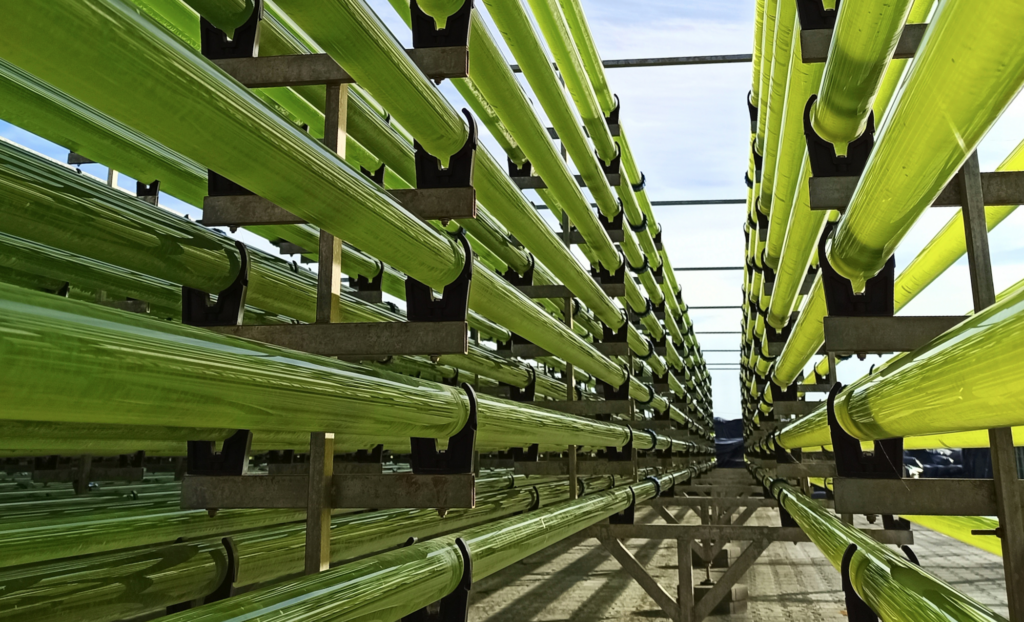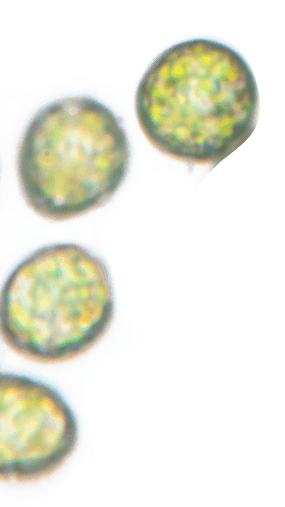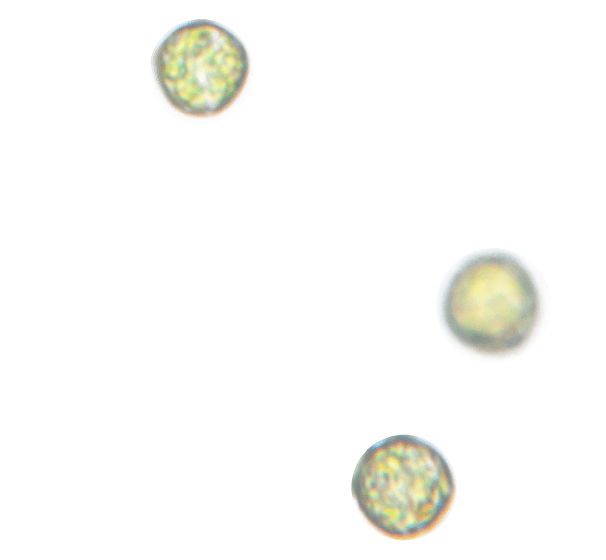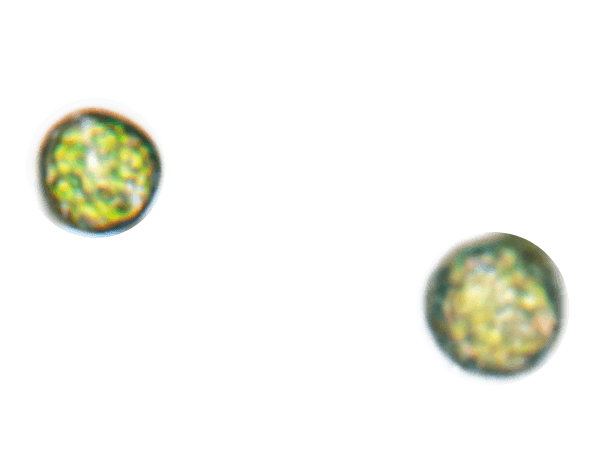A New Way to Boost Crop Growth:
Sustainable Biostimulants with Microalgae Compounds
Microalgae-based biostimulants can be applied together with chemical or organic fertiliser and help farmers boost crop growth while reducing the need for fertilisers. That’s why we are developing biostimulants from sustainably produced microalgae. But what exactly is a biostimulant, and why are microalgae a good resource for it? Find the answers and more below.
What is a plant biostimulant?
Biostimulants for plants can be substances or microorganisms that enhance the plant’s nutrient uptake, make the plant more tolerant to stress such as soil salinity or improve its quality traits like the number of fruits. A biostimulant can have one or several of these effects.
Biostimulants won’t replace fertilisers entirely. Plants still need key nutrients like nitrogen and phosphorus from fertilisers. Instead, biostimulants work together with fertilisers, helping plants use the nutrients therein more efficiently. This allows farmers to use less fertiliser, reducing nutrient runoff and environmental pollution.
Why are microalgae a good resource for plant biostimulants?
Microalgae are oxygen producing organisms that only need water, sunlight, CO2 and nutrients to grow. When supplying these key factors, they can be cultivated in bioreactors environmentally friendly.
Microalgae produce amino acids, vitamins, lipids, pigments and other compounds. Some of these compounds act against plant pathogens, or promote root development and help the plant grow healthier. Dive deeper into the beneficial interaction between microalgae and plants here.

Bioreactor for microalgae cultivation, © Necton
In REALM, plant scientists like Cristina Brito are studying different microalgae and their effect on plant growth. Initial tests in research greenhouses use microalgae “smoothies”, for which microalgae are broken to release their compounds. Cristina Brito and her colleagues then apply these smoothies to tomato and compare them with plants that didn’t receive microalgae compounds. What plant had a better growth, more chlorophyll or a higher number of fruits? First results show that certain microalgae can increase tomato growth by up to 25 % in hydroponic systems.
Watch this video in which Cristina Brito explains her work
Transforming microalgae into plant biostimulants
European regulators don’t allow the direct use of alive microalgae in agriculture (EU 2019/1009), only their compounds. That’s why we are going to process the microalgae, so the commercialised biostimulant only brings microalgae compounds to the fields or greenhouses.
Processing includes breaking the microalgae, concentrating the plant growth promoting compounds and stabilising them, so that their effect has a longer shelf life. This has another advantage: the final plant biostimulant has a higher effect then the microalgae smoothie does because it contains the plant growth promoting compounds at higher concentration.
Why is the REALM plant biostimulant sustainable?
We are developing a plant biostimulant with microalgae that enhances crops’ nutrient uptake so farmers need less fertilisers. This helps to reduce the demand for nutrients like phosphorus and nitrogen. The former is produced from a non-renewable ore and the latter by using gas to generate the needed production temperature.
Our team is developing a new sustainable cultivation method and is employing it to grow the microalgae used in the biostimulants. In this cultivation method, we use solar energy and CO2 captured from the air. The water, nitrogen, phosphorus and other nutrients needed to grow microalgae come from the wastewater of soilless greenhouses. This approach repurposes the leftover irrigation water from soilless greenhouses, turning it from waste into a valuable resource.





![UKRI logo [W] UKRI logo [W]](https://realmalgae.eu/wp-content/uploads/elementor/thumbs/UKRI-logo-W-qpvs3ojy8iduv0fhwct4qqi0nrhb6qt3tstfu87keo.png)

